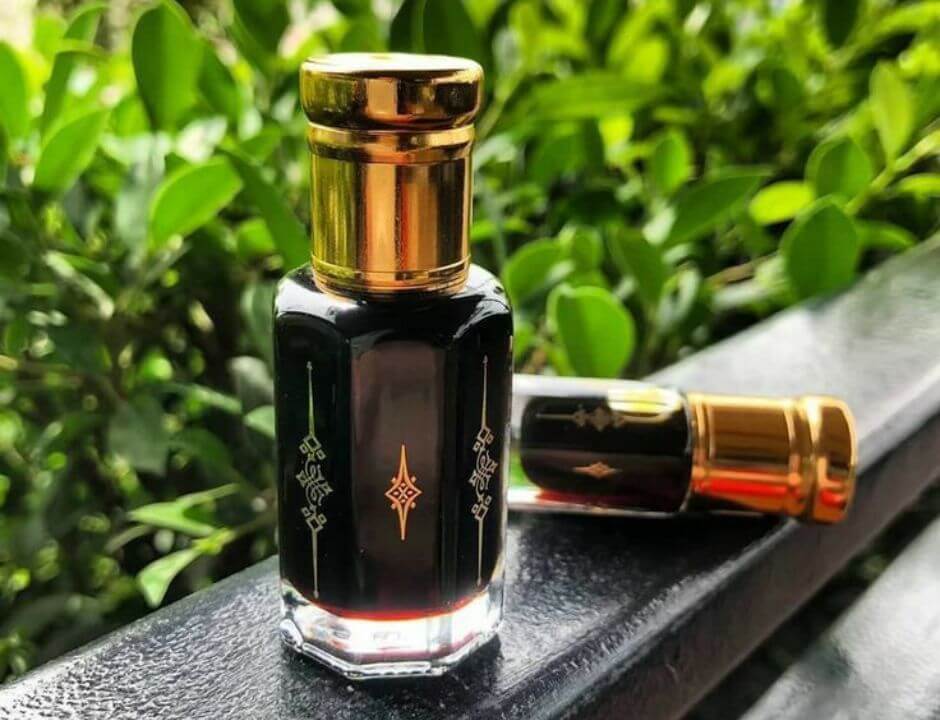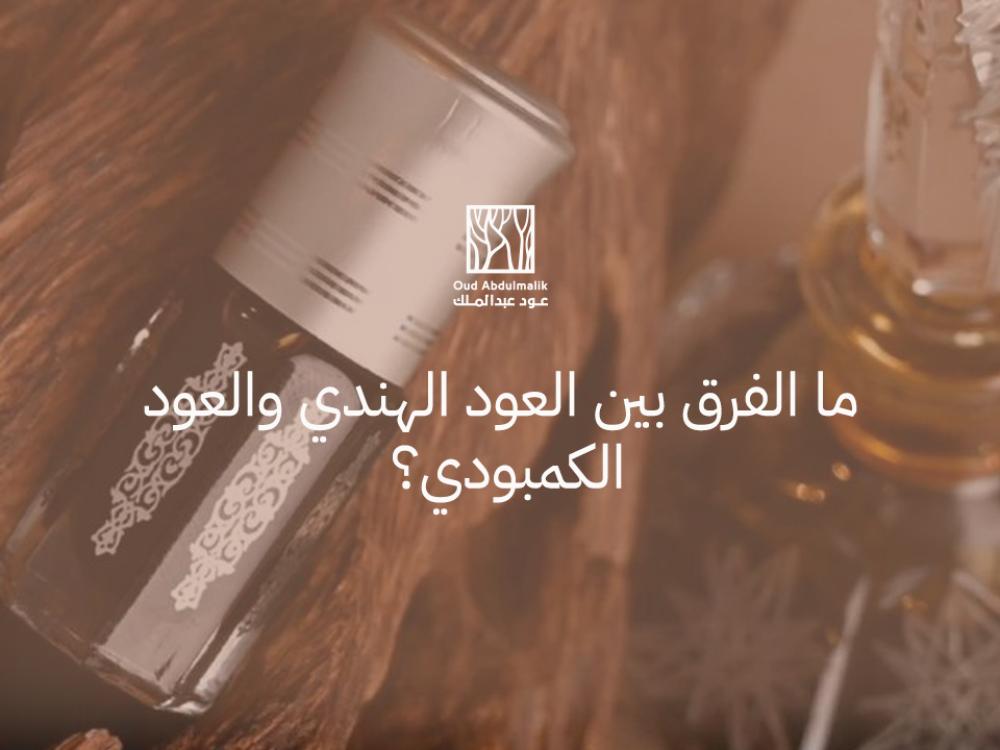In the world of perfumery, oud is considered a symbol of luxury and extravagance, but the story doesn't end there. There are many types, including Indian and Cambodian oud, both offering a unique sensory experience through their distinct scents. While Indian oud has a deep, powerful flavor that expresses strength and heritage, Cambodian oud carries a touch of delicacy and elegance. In this article, you'll discover the essential differences between these two types of oud, decipher their magic, and delve deeper into the world of perfumery.
What is Indian oud and what are its benefits?
Indian oud is one of the most prominent and luxurious types of oud. It expresses the Eastern heritage with its strong and distinctive scent, making it the first choice for oud lovers in the Arabian Gulf. It carries within it a sense of luxury, characterized by a unique earthy, woody, and balsamic scent, in addition to being long-lasting and giving a strong and distinctive presence to all who use it.
Indian oud is extracted from the Aquilaria tree, which grows in southern India. The tree secretes a dark resinous substance to protect itself. This substance is transformed into oud after years of interaction with fungi. The longer the infection period, the stronger the quality and deep scent of the oud.
When the agarwood matures, the infected trees are carefully cut down. They then search for the oil-saturated parts of the trunk and branches. After extracting them, they are cleaned of any uninfected parts and left to dry naturally or stored in a manner that preserves their quality. In some cases, the agarwood is ground and boiled to extract the oud oil, one of the most expensive essential oils in the world. Distillation is carried out using traditional or modern methods to obtain the purest form. Extracting oud is a delicate and complex process that requires quality and expertise.
Indian oud is known as "royal oud," having been used in palaces and royal gatherings. Its strong scent exudes luxury and extravagance, making it the preferred choice for royal families and the wealthy, especially in the Arabian Gulf region. Its most prominent and important benefits include:
- It is used in the manufacture of the most luxurious Arabic and oriental perfumes.
- It is used in religious rituals and meditation because of its calming effect.
- It gives a classy and luxurious atmosphere when used as incense.
- It helps calm the nerves and reduce stress.
- It contributes to strengthening the immune system as it contains a high percentage of antioxidants.
- It is used in occasions and hospitality as a symbol of welcoming guests.
- It is considered a luxury gift in Gulf and Arab societies.
Indian oud oil is considered one of the finest types of oud due to its quality and long-lasting scent, making it a favorite among lovers of oriental perfumes.
What are the benefits of Cambodian oud?
Cambodian oud is one of the most expensive types of oud in the world and is distinguished by its distinctive and luxurious scent. It is extracted from Cambodia, located in Southeast Asia. These trees are also obtained from a number of tropical regions in Laos, Vietnam, India, and Bangladesh. These trees are known for their longevity, as they can live for more than 100 years, which contributes to the quality and durability of the oud.

Cambodian oud oil has a distinctive scent, as it is soft, sweet, and warm compared to other types of oud, such as Indian or Thai. It can be described as having a natural sweetness similar to honey or caramel, with a smoky woody touch, but it is balanced and smooth. Some types carry light floral notes that give a sense of luxury and comfort, making them ideal for luxury perfumes. In general, Cambodian oud oil is softer and warmer than other types of oud, making it a favorite for those looking for an attractive scent that is not too heavy. There are many benefits of Cambodian oud oil:
- Helps calm the nerves and reduce stress and anxiety
- It purifies the air thanks to its antibacterial properties.
- Contributes to improving sleep quality, relaxation and comfort
- It is used to perfume gatherings and important occasions.
- It relieves headaches and joint pain as it reduces inflammation in some traditional treatments.
Cambodian oud is one of the most important and rarest types of oud. It is known for its rarity and high quality, making oud oil an ideal choice for lovers of luxurious oriental scents.
What is the difference between Indian and Cambodian oud?
Indian oud and Cambodian oud are among the most popular types of oud used in the perfume and incense industry, but there are clear differences, the most important of which are:
Source
- Oudh: Oudh is extracted from India from areas such as Assam.
- Cambodian Oud: Extracted from the agarwood trees in Cambodia, it is considered a luxurious and rare species due to its low production compared to Indian oud.
Smell:
- Indian Oud: It has a deep, concentrated woody scent with a hint of smoke and acidity. It is one of the most widely used types in the Arabian Gulf.
- Cambodian Oud: It has a sweeter, warmer, and slightly floral scent, making it popular with those who prefer soft, luxurious fragrances.
Stability :
- Indian Oud: Known for its high quality and strong durability, it can be heavy for some due to its strength and penetrating power.
- Cambodian Oud: Less intense than Indian Oud, but more luxurious and soft, making it a favorite for lovers of soft oriental fragrances.
the price:
- Indian Oud: Indian Oud is more widely available than Cambodian Oud and is also less expensive.
- Cambodian Oud: Cambodian Oud is considered more expensive due to its rarity and high quality.
Finally, Indian and Cambodian oud are among the best types of oud, but it is important to ensure the source of the product. At Abdul Malik Oud, we offer you a distinguished collection of Indian oud wood, such as Indian Assam Super , Indian Nakaland Double Super Tola , or if you want to enjoy a warm scent, you can get a collection of oud oils, such as luxurious Cambodian oud oil and old Cambodian oud oil . Order now and perfume your occasions with the distinctive scent of oud oil.

